I want to create a graph that plots only the maximum values (depth) per hour over the entire dataset (FYI, my datasets are hundreds of thousands of data points). I have been told that R likes it better if times are in integers, so I have already translated my times into minutes and hours.
Ex of dataset:
Date Time Minutes past midnight Hours past midnight Depth
4-Nov-08 21:19:00 1279 21.3167 3
Eventually we are trying to create a cyclical GAM from this data, so if anyone has any code for that also would be amazing!
Thanks!
